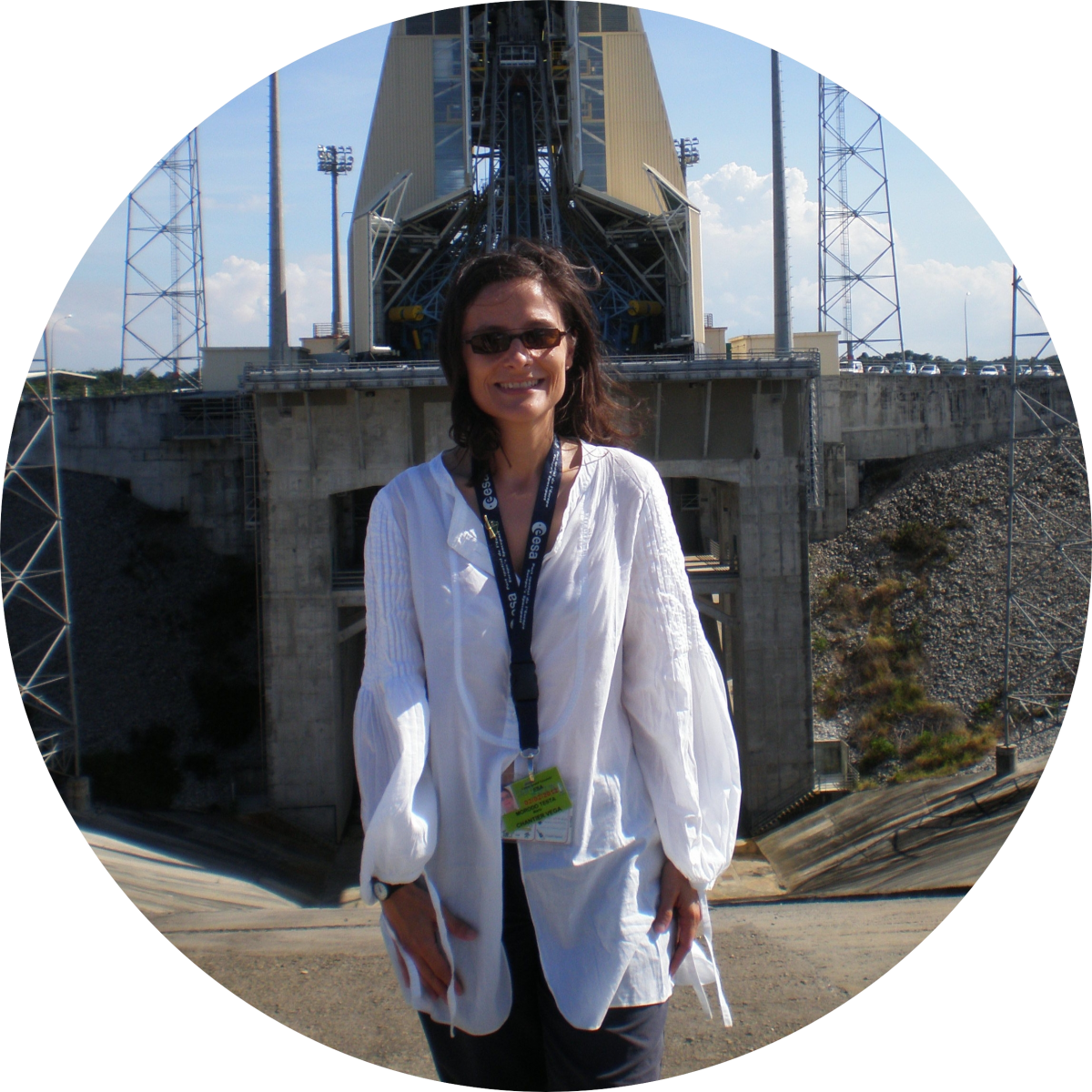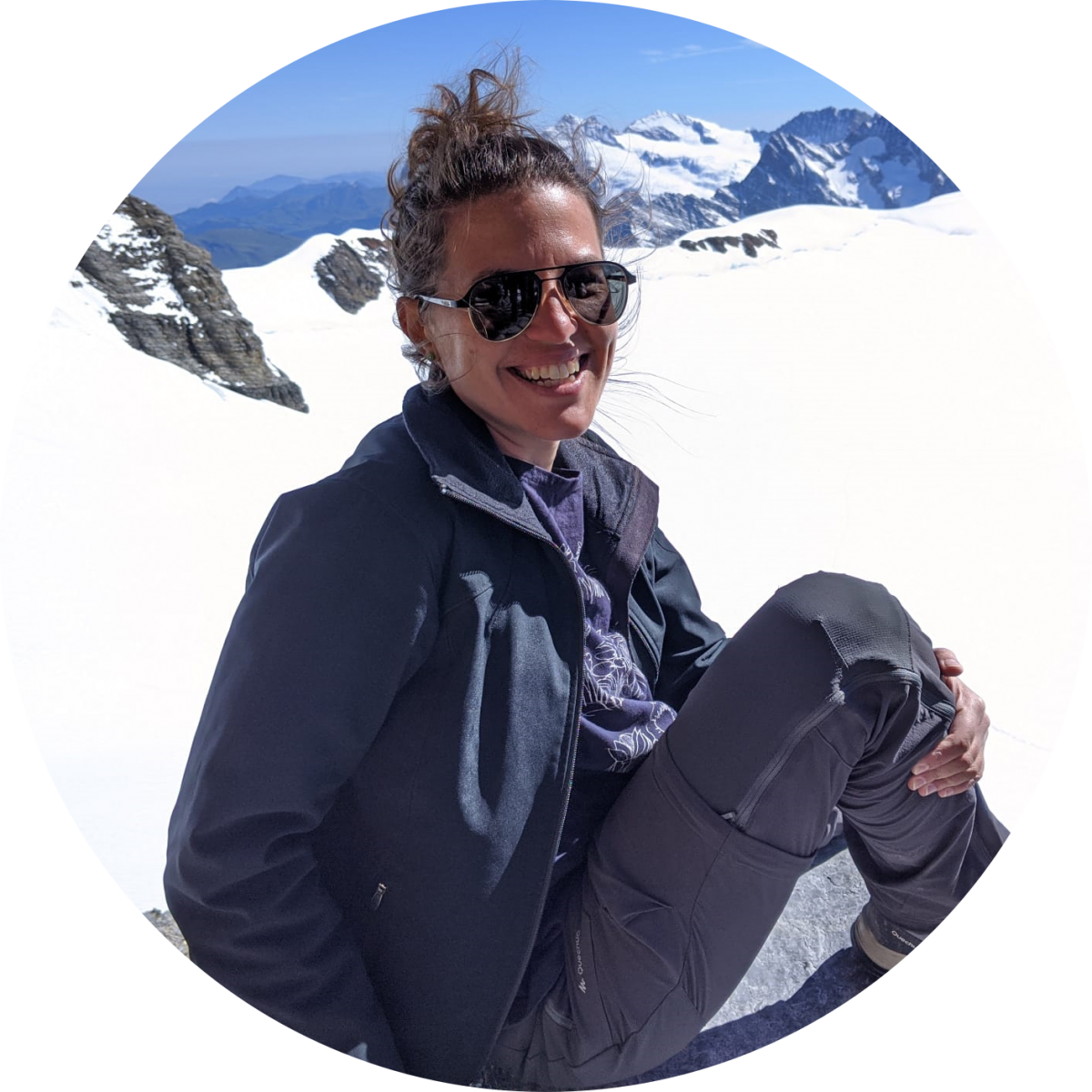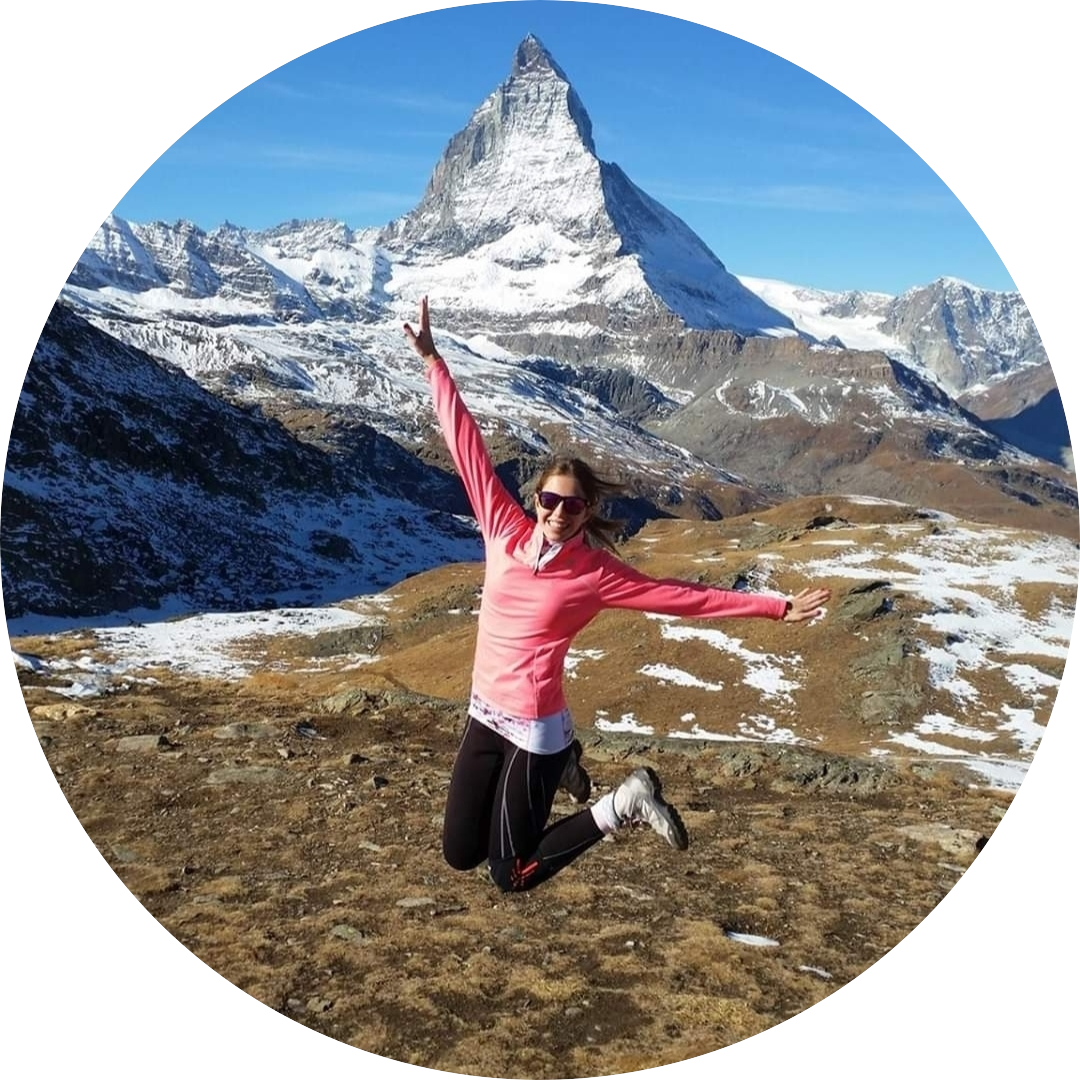Everything started on the 21st of October of 1994 in Catalonia, land of castellers, calçots and panellets. Land of protests, roses and culture.
Ana was born and raised in El Prat de Llobregat, a small village near Barcelona. It was on the shores of the Mediterranean, walking along the delta of the Riu Llobregat or around els carabiners, that she traced her dream: to work at CERN. And so began the (good) journey that continues to this day.
She risked because she wanted something new to come*, and she enrolled in physics at the Universitat de Barcelona, to the beat of Lágrimas de Sangre (LDS), who relate by singing some of the steps of Ana’s journey.
In her last year, she did an internship at CERN, in the Solid State Detectors Group and, for six months, she studied the effect of radiation damage in silicon detectors. She then returned to Barcelona to defend her degree’s thesis and began another internship at ALBA synchrotron, a small accelerator near the Catalan capital.
Ana knew that, as LDS sing, crowning the peak is tough, and that a good journey never ends up nearby*. It was also clear to her that she wanted to do a PhD, and to do so, she first had to do a master’s degree, which she decided to do abroad. Closer to her dream.
In September 2018, Ana became a master’s student in particle physics at the University of Geneva and, since she did not lose sight of her target, since spring 2019 she has been working at CERN, within the same group that knew her as an intern. Her life began to take shape between the Jura and the Salève.
The mountains are Ana’s habitat. Shelter and therapy. Because Ana finds happiness when she reaches the top, when she finishes a hard climbing route or when she solves a problem that has given her several headaches. But getting there sometimes means going through storms.
When tempers and forces falter, what motivates you is the reason you decided to start and the small bigg achievements you already carry on your shoulders. Because, there are rewards that balance it out and friends encourage you*.
In those moments, your people are the greatest support, and Ana, who is very generous, has always been well surrounded. That is happiness for her: sharing. To share hikes, books, recipes, football trainings and her knowledge about physics.
That is why, whenever the opportunity arises, Ana dedicates her time and energy to outreach activities. She loves talking about physics to everyone, but especially to students, because not long ago she was like them and dreamed of becoming a CERNie. Now, she enjoys telling them that it is possible.
And this is in line with Ana’s journey, because when she grows up she would like to be a mentor. To be able to give others the opportunity to start a career in science like others gave her. And she would also like to inspire women to study physics.
Ana Ventura is already a reference for young girls who are passionate about learning more about nature, radioactivity or antimatter. Who knows if in a long time (or not so long), her name and her work will reach as high as those of Mar Capeáns, Emmy Noether or Marie Curie.
Besides being a great scientist, Ana will be a good climber and mountaineer. And although she still has many peaks to crown, she has just taken another important step in the direction of her dreams, as she is about to start her PhD at DESY (Hamburg).
As LDS sing, from each end comes a necessary beginning* And, in this case, not only necessary but also desired. Like everything Ana has experienced since, from her Prat, she decided to study physics.
PS. All * belong to the lyrics of the song, Buen viaje, by LDS. Its translation in order of appearance:
- “Arriesgo porque quiero que algo nuevo venga”.
- “Sé que coronar la cumbre cuesta, y que un buen viaje nunca acaba cerca”.
- “Hay recompensas que al llegar lo equilibran”, “y los amigos te animan”.
- “De cada fin nace un principio necesario”.









